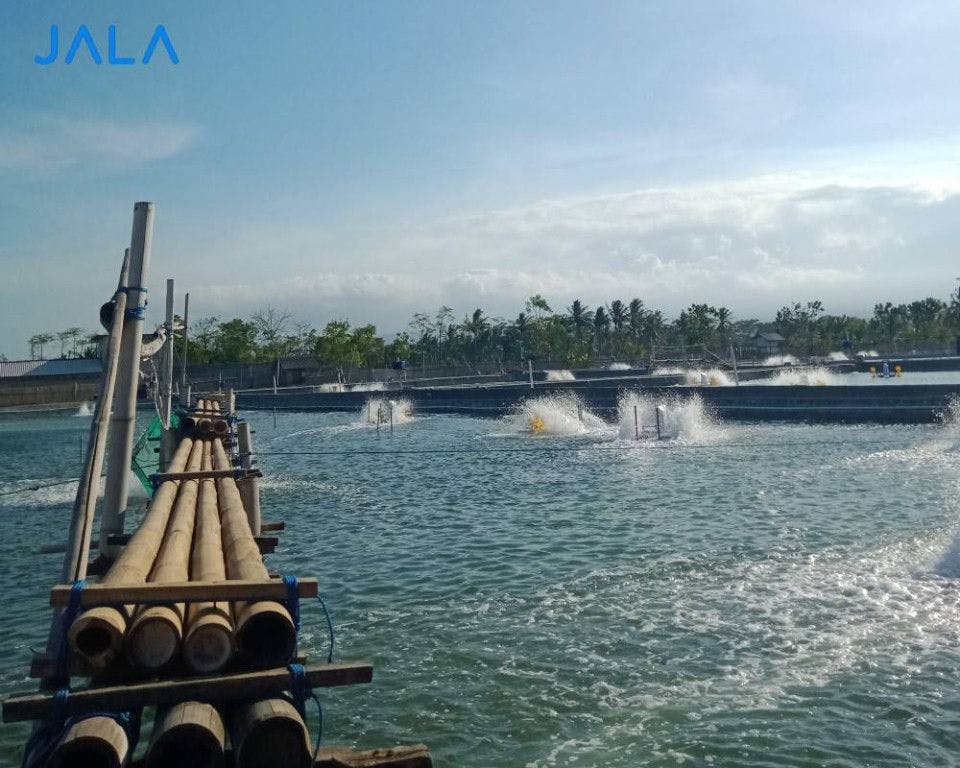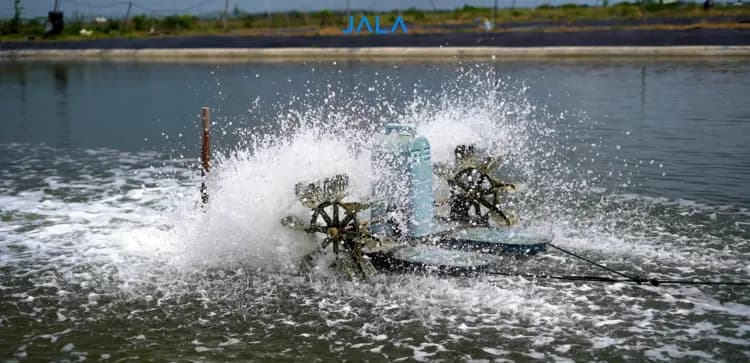
Sumenep is a district located at the eastern point of Madura Island with a distinctive regional structure because it consists of land and 126 islands that spread across the area. The 126 islands can be broken down into 48 inhabited islands (38%) and 78 uninhabited islands (62%). The large number of islands and geographical location as it is surrounded by beaches makes Sumenep a district that has potential for shrimp farming, especially vannamei shrimp.
Shrimp production records in Sumenep
According to the data from the Sumenep Regency Fisheries Service as of July 2023, vannamei shrimp production in Sumenep has reached 2,463.23 tons. In comparison to production results in 2021, which only reached 976 tons, this amount has increased. However, even when compared with shrimp production in other districts in East Java, like Banyuwangi, which reached a production total of 18,659 tons in August, this result is still comparatively small considering the quite huge potential land in Sumenep.
Shrimp farming challenges in Sumenep
Access to water quality checks and laboratories
Water is the primary medium to support shrimp survival rates. Poor water quality will affect shrimp’s level of appetite, growth and spread of disease in a pond. Therefore, performing water quality checks is crucial in shrimp farming. However, laboratories that provide ex situ checking of water quality parameters, including TOM, plankton abundance, bacteria and other parameters, are not easily accessible.
According to Supono (2017), increasing vannamei shrimp production that is not balanced with proper water quality monitoring are particularly prone to several failures brought on by the water’s poor quality due to high stocking density. Shrimp farmers in Sumenep are still working to find a solution to this issue by conducting visual monitoring on the water and shrimp behavior.
Information and training on the right practices of shrimp farming
Vannamei shrimp (Litopenaeus vannamei) is the most extensively cultivated shrimp commodity because it has a high survival rate, resistance to disease attacks and rapid growth. However, cultivating this commodity requires the right practices to avoid losses in the future, considering that the capital spent is quite high. Farmers in Sumenep still need some training from cultivation experts to implement the right cultivation practices.
The threat of undetected shrimp diseases
Up to 40 days of age, sudden shrimp death is very likely to happen. This occurrence can be caused by several factors, including poor water quality, stressed shrimp, poor quality fry, overfeeding, the molting stage, improper handling after rain and disease outbreaks.
White Spot Syndrome Virus (WSSV) is known to often cause sudden and massive shrimp deaths. Apart from that, there are also several other shrimp diseases that have the potential to result in sudden death, including Vibriosis, Infectious Myonecrosis Virus (IMNV/Myo), White Feces Disease (WFD), and Acute Hepatopancreatic Necrosis Disease (AHPND).
The use of wastewater treatment plant and reservoir
A wastewater treatment plant is a shrimp farming infrastructure which aims to manage waste generated during the cultivation process and improve the quality of the waste water before it is disposed to prevent environmental pollution. Meanwhile, a reservoir is an infrastructure that is used to improve water quality before it is discharged to the pond, ensure good water quality through checking, and meet water quality necessities. Due to limited land area and capital, wastewater treatment plants and reservoirs in Sumenep are still rarely used. However, initiatives to install wastewater treatment plants and reservoirs in farms are still being developed.
Efforts from farmers and related Services in Sumenep to address cultivation challenges
The aforementioned challenges are still encountered by shrimp farmers in Sumenep. However, farmers and related Services have made a number of efforts to address this.
Visual monitoring of water and shrimp behavior has been attempted as a solution to the difficult access to laboratories and water quality checks. The Sumenep Regency Fisheries Service is also making an effort to develop a productive and sustainable cultivation environment to make it a region with significant potential in East Java by providing training on cultivating shrimp properly and effectively. In addition, reflecting on Banyuwangi which is starting to show a trend of increasing production, the implementation of intensive cultivation with proper water quality monitoring is very necessary in the hope of continuing to increase shrimp production results in Sumenep.
References
Supono. 2017. Teknologi Produksi Udang. Plantaxia, Yogyakarta. 168 hal.
About the author
The author of this article is Fina Safitri who was born in Sampang, July 1, 2001. She is an alumnus of Airlangga University who is currently working at JALA as Field Assistant.





